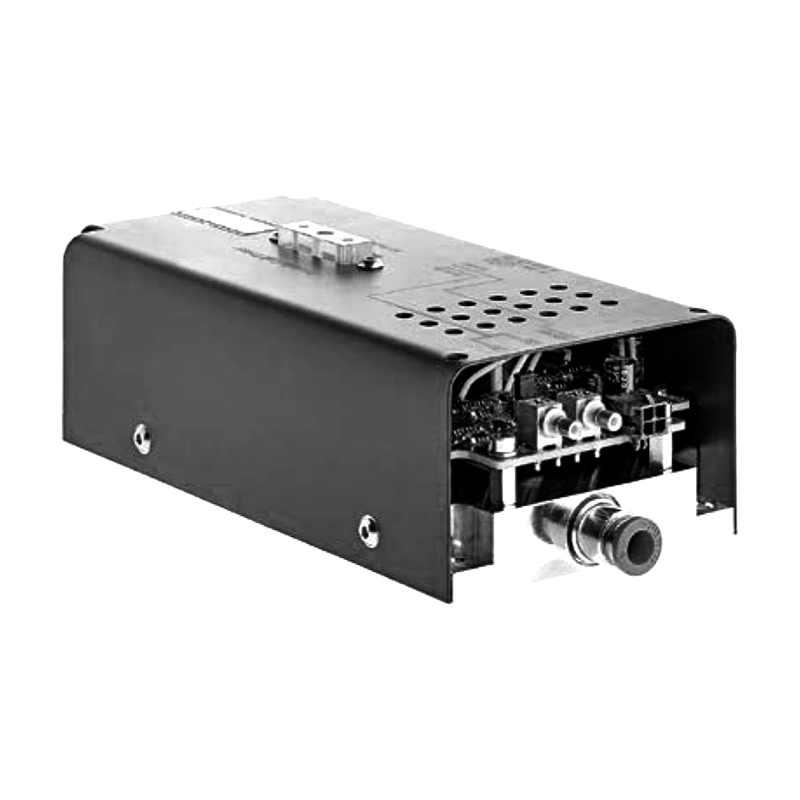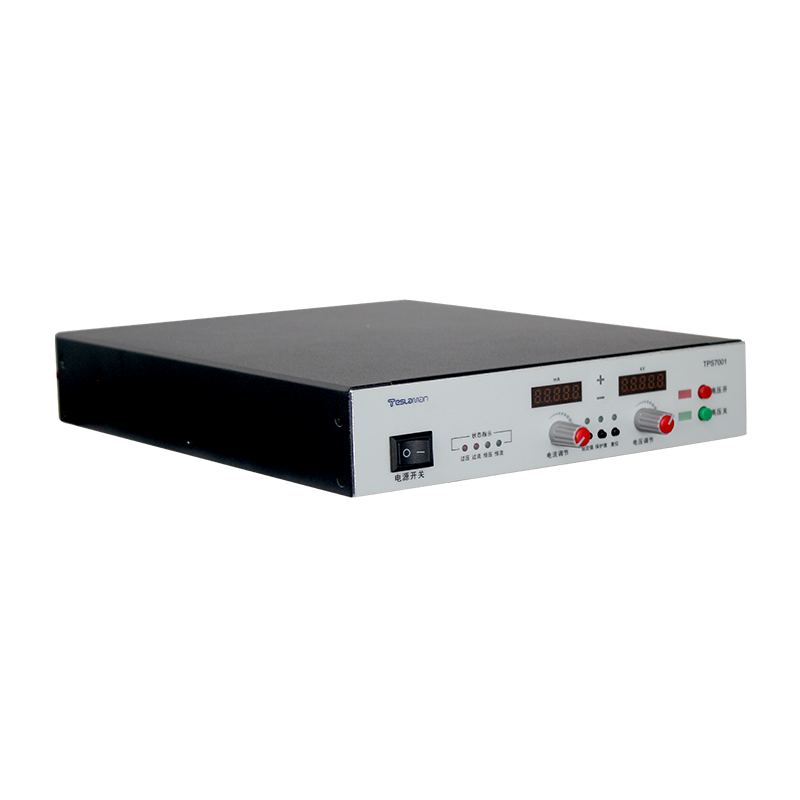Voltage Fluctuation in High-Voltage Power Supplies for Neutron Tubes: Origins and Mitigation Strategies
The neutron tube, as the core component of a neutron source, relies critically on the stability of its high-voltage power supply. This supply generates the electric field to accelerate charged particles (e.g., protons, deuterons), triggering nuclear reactions to produce neutrons. Voltage fluctuation—dynamic deviation in output voltage—induces uncertainty in neutron yield and energy spectrum distribution, compromising precision in scientific research, medical applications, and industrial detection.
I. Technical Origins of Voltage Fluctuation
1. Load Characteristics and Transient Response
Rapid changes in target voltage and anode current create pulsed loads. In pulsed neutron generators, microsecond-scale current transients amplify output ripple. For instance, in dynamic irradiation experiments, a fluctuation exceeding 0.1% can shift the neutron energy distribution by over 5%.
2. Insulation Aging and Partial Discharge
Prolonged operation under strong electric fields (typically 100–300 kV) degrades insulation materials (e.g., ceramics, polymers), reducing dielectric strength and inducing partial discharges, which exacerbate voltage jitter. Experiments show that insulation deterioration distorts electric field distribution, increasing local field strength to 1.5 times the design value, posing a breakdown risk.
3. Temperature Effects and Component Drift
Ambient temperature changes directly affect power devices (e.g., IGBTs, magnetic cores). For example, every 10°C rise increases leakage current in high-voltage diodes by approximately 15%, causing output drift. Thermal stress from uneven heat dissipation further accelerates parameter deviation.
4. Power Quality and Transmission Loss
Grid-side voltage fluctuations or long-cable impedance (e.g., 0.5 Ω/km) cause significant voltage drops under high-current loads. Without compensation, the actual load voltage may deviate by up to 5% from the set value.
II. Impacts of Voltage Fluctuation
Neutron Yield and Spectrum Drift: A ±0.5% voltage fluctuation reduces deuterium-tritium neutron yield by 8%–12% and shifts the average neutron energy by 0.1–0.3 MeV, degrading resolution in neutron diffraction experiments.
Precision Risks in Medical and Industrial Applications: In boron neutron capture therapy (BNCT), neutron flux instability can increase tumor dose uncertainty; a >2% deviation threatens treatment safety. In oil logging, porosity measurement repeatability errors reach 1.5 p.u..
Accelerator Tube Lifetime Degradation: Ripple current accelerates target sputtering in neutron tubes. Data shows that increasing ripple from 0.1% to 0.5% shortens tube service life by 40%.
III. Multidimensional Mitigation Strategies and Technological Evolution
1. Kelvin Sensing Compensation
Adding a voltage feedback loop at the load side dynamically adjusts the output to counteract line impedance drops. Virtual remote sensing ICs (e.g., LT4180 architecture) resolve unknown line resistance, maintaining load voltage accuracy within ±0.05%.
2. Adaptive Control Algorithms
Closed-loop control combining PID and feedforward compensation co-regulates target voltage and anode current. The function:
\(V_{\text{out}} = f(I_a, V_t, T) + K_p \cdot e(t) + K_i \int e(t) dt\)
where \(e(t)\) is voltage error and \(T\) is temperature, reduces neutron yield fluctuation to <0.5%.
3. Advanced Insulation and Thermal Materials
Silicon nitride ceramic composites replace conventional epoxy, increasing withstand voltage to 50 kV/mm and reducing partial discharge by 60%. Microchannel liquid cooling enables power density up to 5 kW/L with ±0.5°C accuracy.
4. Power Topology Optimization
A three-stage energy-feed architecture: active PFC at the input, LLC resonant conversion for reduced switching loss, and multilevel inversion for DC high voltage, achieving ripple coefficients <0.01%.
IV. Emerging Trends
High-Precision Digital Control: FPGA-based real-time PWM technology reduces response time to 10 ns, suitable for kHz pulsed neutron sources.
Wide-Bandgap Semiconductors: SiC MOSFETs push switching frequencies beyond 100 kHz, halving power losses and minimizing filter capacitance for enhanced dynamic response.
Multiphysics Co-Simulation: COMSOL models coupling electromagnetic-thermal-mechanical fields predict electric field distribution and thermal management, suppressing fluctuation sources at the design stage.
Conclusion
Mitigating voltage fluctuations in neutron tube high-voltage power supplies requires a multidisciplinary approach integrating power electronics, materials science, and nuclear physics. Advances in digital control and wide-bandgap semiconductors will propel neutron science toward unprecedented precision and reliability.




















